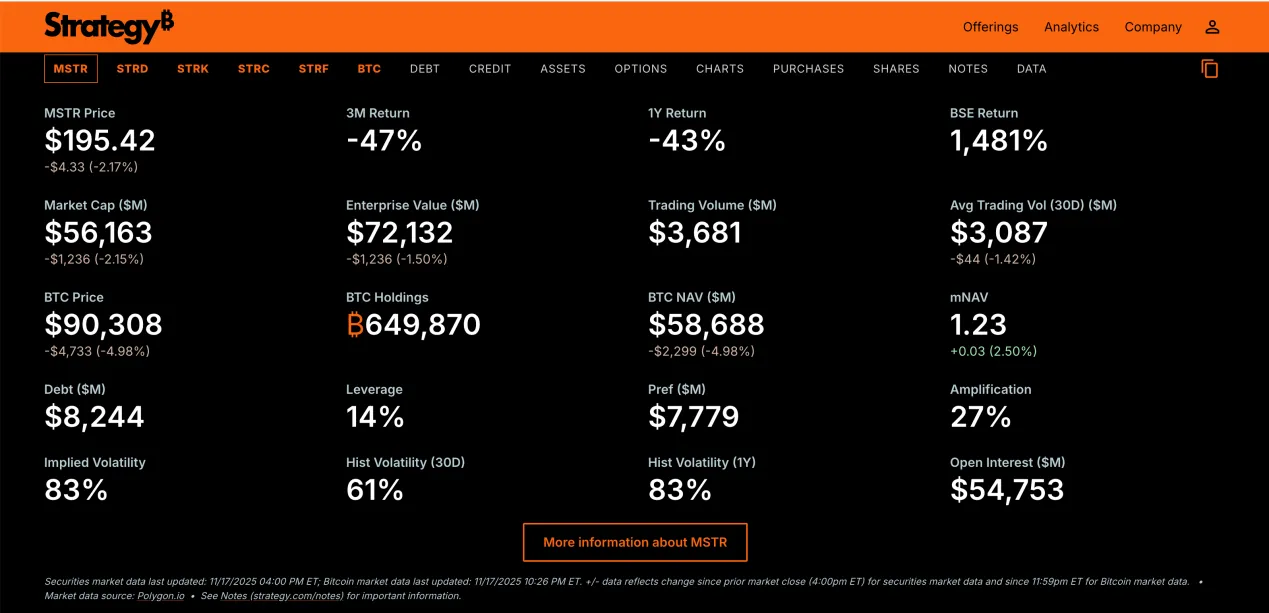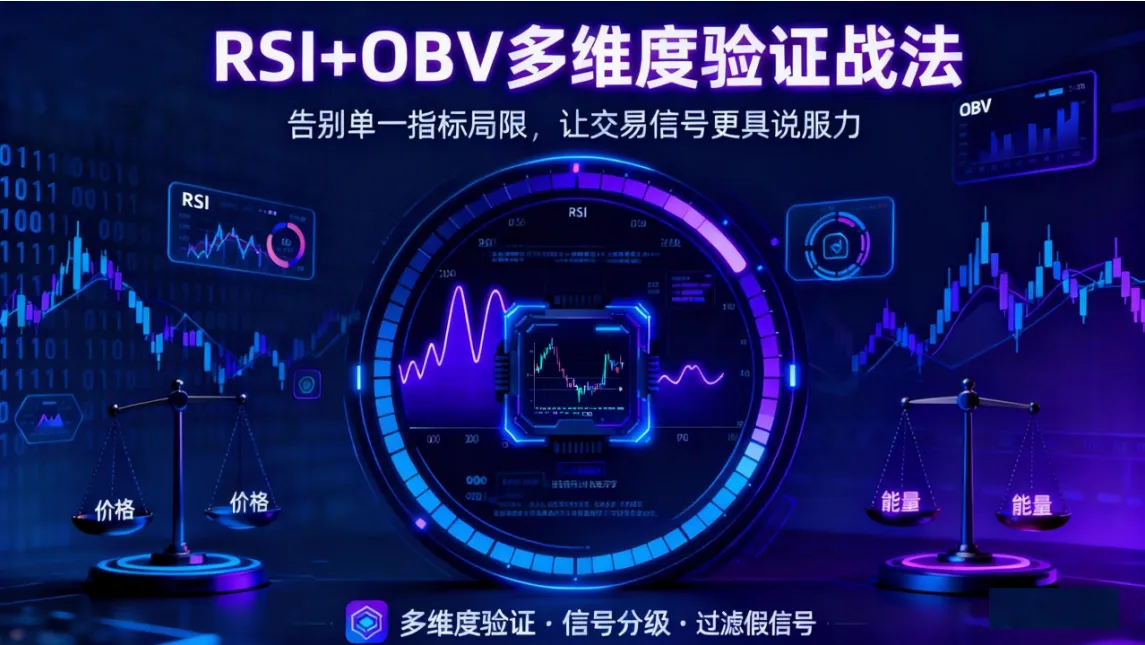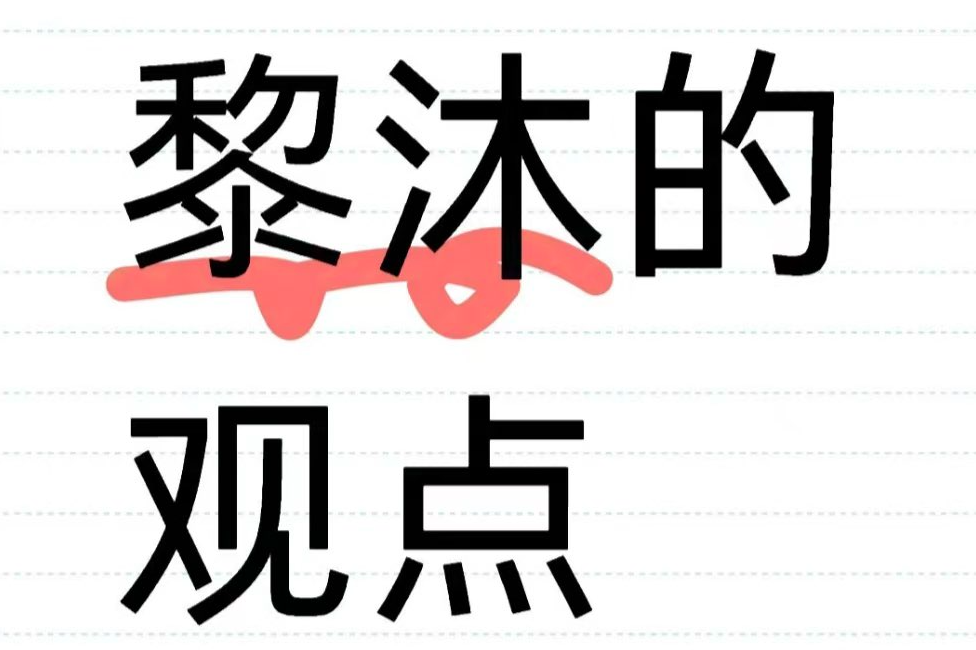On May 7, 2025, Ethereum welcomed another important milestone in its development history. The highly anticipated Pectra upgrade officially launched on the mainnet today. This upgrade encompasses dual improvements to the execution layer (Prague) and the consensus layer (Electra), bringing profound impacts on user experience, developer tools, and validator efficiency.
Pectra is a portmanteau of the two upgrade names: Prague corresponds to Ethereum's execution layer, where we find the familiar functionalities of smart contracts and transaction execution; Electra corresponds to Ethereum's consensus layer, which relates to proof of stake (PoS) and validators. As a significant node following the Dencun upgrade, Pectra serves as a bridge to the future of Ethereum, including account abstraction, state reduction, and enhanced data availability.
The main improvements of this upgrade include:
EIP-3074: Account delegation and lightweight account abstraction.
This proposal introduces two new opcodes, AUTH and AUTHCALL, allowing externally owned accounts (EOAs) to delegate permissions to smart contracts to perform operations on their behalf. This means users can achieve one-click multi-step transaction processes, such as completing complex operations like swap, stake, and bridge in a single signature. Additionally, this mechanism can be used for social recovery wallets, gas fee delegation, and multi-address batch operations, greatly enhancing user experience and marking a significant step towards comprehensive account abstraction.
EIP-7251: Increasing the validator staking limit to 2048 ETH.
Previously, each validator could stake a maximum of 32 ETH, requiring large validator organizations to manage numerous nodes. This increase in the staking limit for individual validators not only reduces the number of nodes but also lowers operational and maintenance costs, while improving client synchronization efficiency and overall network performance. This has far-reaching implications for institutional staking service providers and LSD protocols.
Other improvements in the execution layer:
The Pectra upgrade also includes several technical optimizations for the execution layer, such as EIP-2537, which introduces more efficient BLS cryptographic operations, laying the groundwork for future technologies like zero-knowledge proofs (ZK); EIP-663 optimizes contract memory and stack operations, enhancing contract execution efficiency. These improvements will help developers build more complex and high-performance smart contracts.
Foundation for PeerDAS infrastructure:
Although this upgrade has not yet fully deployed PeerDAS (peer-to-peer data availability sampling), Pectra has built a critical foundation for it. The future goals of PeerDAS include providing efficient data distribution for Layer 2, supporting sharding validation mechanisms, and promoting the development of modular blockchain structures.
The Pectra upgrade will demonstrate practical value in the following use cases:
For ordinary wallet users, Pectra offers a more convenient interaction experience, such as one-click multi-step transactions, automatic gas fee delegation, and wallet recovery features.
For DeFi users, it enables automation of contract interactions, such as immediate staking or compounding operations after a swap.
For validators and institutions, centralized staking can reduce the number of nodes and costs while maintaining security and efficiency.
Developers will benefit from the new opcodes and EVM optimizations, allowing them to develop smarter and more powerful contract applications.
For L2 and scaling solution developers, Pectra's PeerDAS preparation will be a key support for improving data availability and security.
In terms of timeline, starting in 2024, the Ethereum community completed EIP testing, client integration, and multiple developer coordination meetings related to Pectra. By early 2025, major node clients completed synchronization and were ready for deployment, ultimately launching on the mainnet on May 7, 2025.
The significance of Pectra goes beyond functional upgrades; it represents a crucial step in Ethereum's evolution towards future architecture. Through this upgrade, Ethereum has made substantial breakthroughs in four key areas: account abstraction, validation mechanisms, EVM performance optimization, and data availability. These achievements will not only improve the experience for users and developers but also pave the way for larger-scale systemic reforms.
Next, the Ethereum community will continue to advance the introduction of Verkle Tree stateless clients, explore The Scourge phase to address MEV and censorship issues, and continue to promote the construction of scalability, security, and user-friendly ecosystems.
The launch of Pectra is the result of the tireless efforts of the open-source community and developers, and it marks Ethereum's steadfast commitment to its vision of modularity, scalability, and fairness.
免责声明:本文章仅代表作者个人观点,不代表本平台的立场和观点。本文章仅供信息分享,不构成对任何人的任何投资建议。用户与作者之间的任何争议,与本平台无关。如网页中刊载的文章或图片涉及侵权,请提供相关的权利证明和身份证明发送邮件到support@aicoin.com,本平台相关工作人员将会进行核查。




